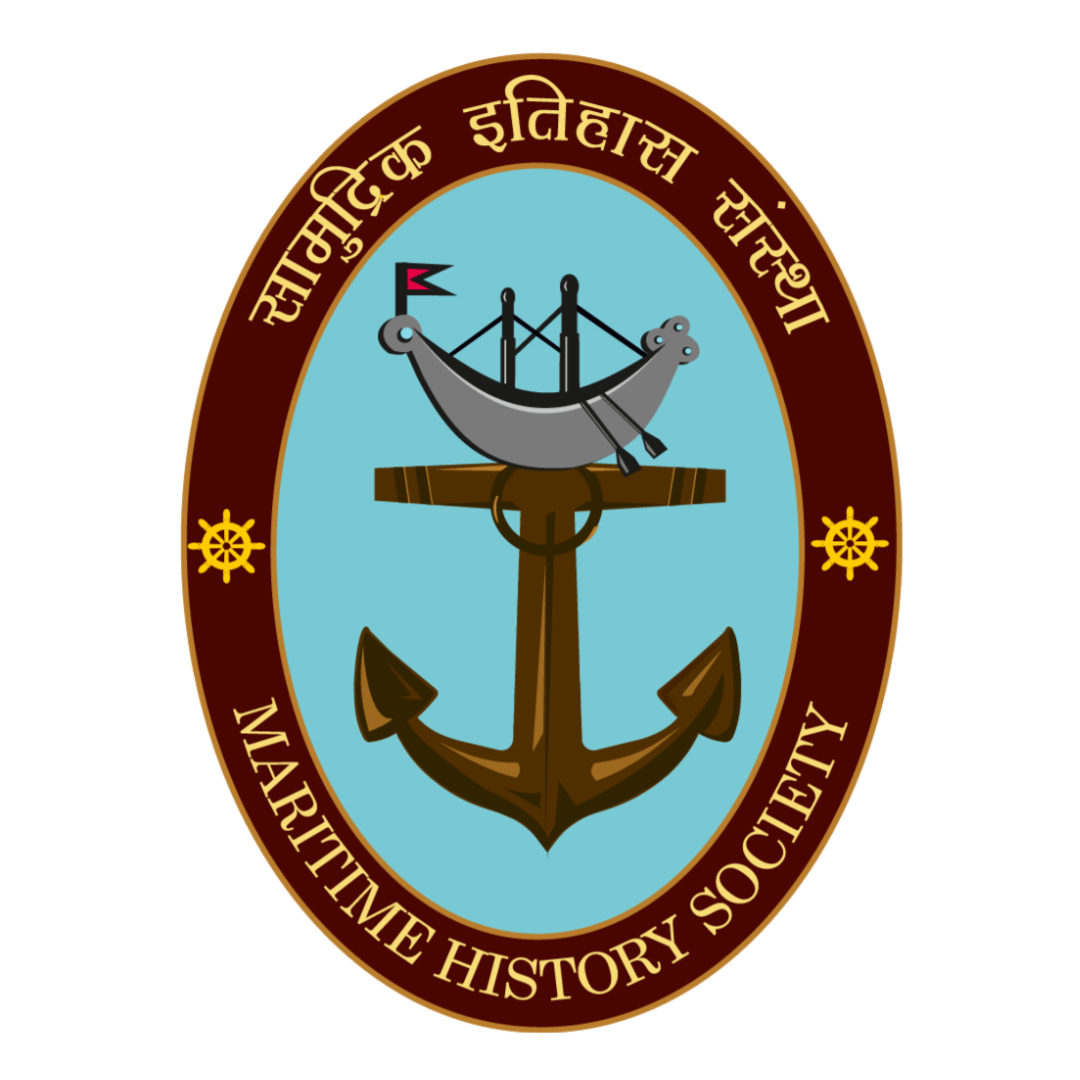Mumbai, (erstwhile Bombay) has been a treasure trove for several rulers whose influence has led to political changes in the region. In 1661, the then seven islands of Bombay were given as a gift to King Charles II of England on his marriage to the Portuguese Princess Infanta Catherine of Braganza. The British Crown then rented the islands to the English East India Company (EEIC) who significantly contributed to Bombay’s development. The blog throws light on the aftermath of the Royal Charter signed between the British Crown and EEIC on 27 March 16681.
According to the Royal Charter, the Islands of Bombay were given to EEIC for a rent of 10 pounds per annum2. The company now possessed seven islands namely Bombay, Mazagaon, Parel, Worli, Mahim, Old Woman’s Island, and Colaba. During the handover, these islands were not economically viable due to the lack of infrastructural facilities. To optimise its potential, its strategic location, and projects to satiate its commercial interest, the company undertook several infrastructure developments.
These projects began immediately after the handover, under Sir George Oxenden (The first Governor of Bombay) who encouraged trade and undertook projects like the fortification of the islands. The fortification began by placing cannons on existing forts. These forts were located on the islands of Mazagaon, Worli, and Mahim. The Company dispatched a band of soldiers in 1668 for the construction of a custom house, a warehouse, a quay, and judicial institutions3. After Sir George Oxenden, the Company appointed Gerald Aungier as the Governor of Bombay (1672 – 1675). He too followed the footsteps of his predecessors and undertook initiatives to set up trading centres in Bombay. Constant attacks on Surat from the Marathas and Mughals, made him realise the importance of shifting the Company’s headquarters from Surat to Bombay. EEIC’s assurance of religious freedom encouraged various communities like the Banias, Bohras, and Parsis to settle in the fort premises.
The company also took up land reclamation projects, to eradicate water-borne diseases originating from the swamp created between islands, and to suffice the increasing population on the islands. The first water inlet project was constructed between the islands of Bombay and Mazagaon which was completed in the 1690s. The company eventually began expanding its territorial base. They built several roads connecting the hinterland enabling them to station their military forces. This supported the Industrial Revolution as it was easier to transport goods and raw materials to the mainland. It also helped the Company in its day-to-day affairs.
Developmental activities in Bombay under the EEIC brought a considerable amount of growth in trade and population. The natural harbour of Bombay helped the Company dock its ships, which encouraged trade and allied activities. From the earliest years, EEIC provided facilities to the cotton and opium industry, making them a princely commodity. It fetched huge amounts of fortune, which attracted different classes of people to Bombay. An increase in population brought changes in the structure of the town. The rising population outgrew the fort of Bombay. The native population spread beyond the fort walls. New docks were built to cater to the tons of cargo imported and exported daily. The money brought in by this rising trade was used to build public buildings and provide modern amenities.
Thus, the aim of the EEIC was to expand its commercial interests which led to the laying of the foundations of this great metropolis. Over the years, under their reign, Bombay transformed from seven marshy islands to a crucial maritime port. In its aftermath, their legacy still remains.
Bibliography:
- Chaudhary K.K. Maharashtra State Gazetteer: Greater Bombay District Volume 1, Bombay Department of District Gazetteer, 1986 Pg. 15.
- Dwivedi Sharada, Mehrotra Rahul. Bombay The Cities Within, India Book House PVT LTD, 1995, Pg. 16.
- Ibid, Pg. 16



0 Comments